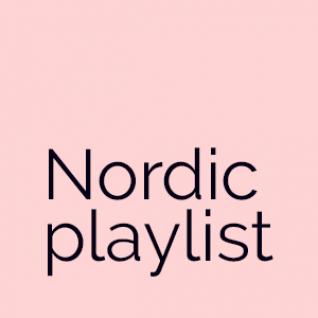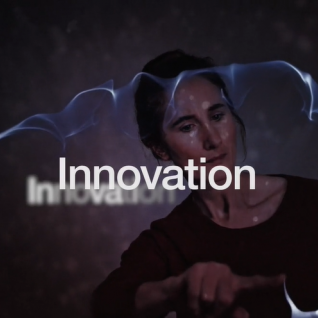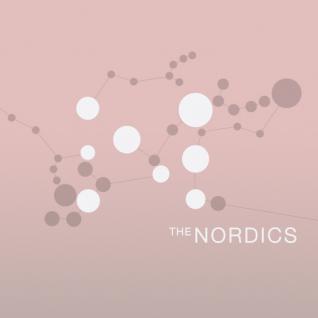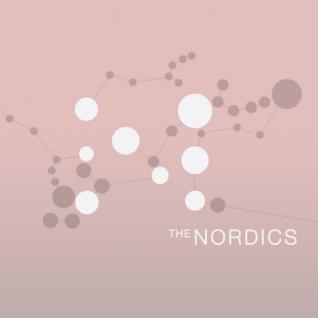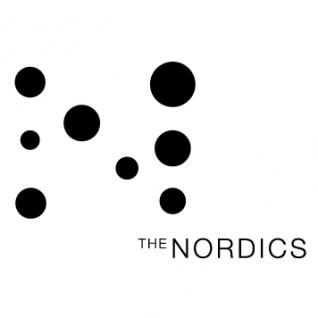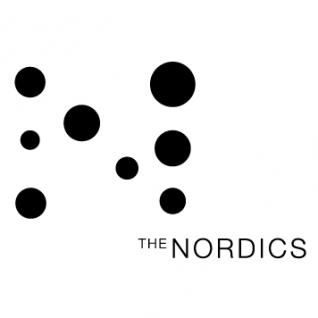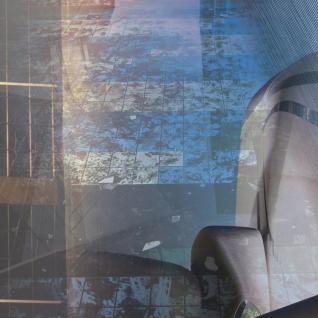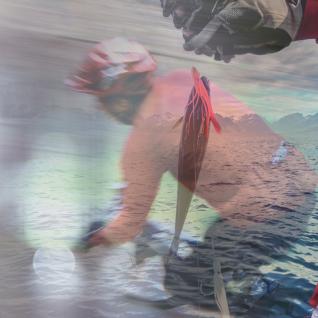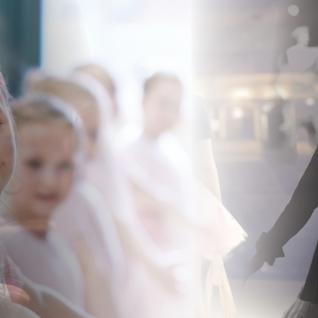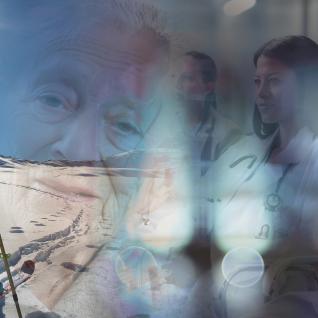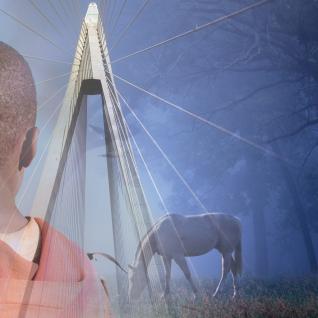10 things you should know about Nordic culture
Tool
10 things you should know about Nordic culture
- Funding the future: The Nordic Culture Fund was established in 1966 and supports an innovative and dynamic artistic and cultural scene in the Nordic Region. The Fund has a budget of €4.8 million, the majority of which is awarded in the form of grants to projects in the Nordic Region and beyond.
- Awarding the best: The Nordic Council Children and Young People’s Literature Prize, The Nordic Council Music Prize and the Nordic Council Literature Prize were created to award the highest standards of arts and culture and strengthen Nordic culture.
- Best in class: According to the Global Innovation Index and the Global Competitiveness Report, the Nordic countries are among the most innovation-driven societies in the world. The Nordic Region is also home to one of the largest creative classes in the world, spanning science and technology; arts and culture; and business, management, and the professions. As a whole, the Region ranks high for overall creativity, a broad-based measure for advanced economic growth and sustainable prosperity based on the 3Ts of economic development — talent, technology, and tolerance
- Art in a global context: Artists like Olafur Eliasson, Bjarne Melgaard, Jesper Just, Kim Simonsson, and Cajsa Von Zeipel represent a new breed of contemporary Nordic artists in a global context. Works like theirs and other artists from the Nordic Region can be found on display in exhibitions and collections around the world.
- Impeccable literary pedigree: Never in history have so many diverse books from the Nordics been translated into other languages. Over the past five years, this list has been growing exponentially. This can be seen in the success of bestselling contemporary authors such as Jo Nesbø, Stieg Larsson, Sjón and Leena Lehtolainen. The roots of Nordic literature run deep – just think Stringberg, Ibsen, Hamsun, Lagerlöf, Blixsen and the Icelandic Sagas.
- Melody-makers: From Abba and A-ha to Efterklang and Björk, the sound of the North resonates in all corners of the globe. With internationally accalimed festivals such as Roskilde, Iceland Airways and Way out West, the Nordic music scene is vibrant and diverse. Puls, a Nordic initiative, is network for artists working to establish contact with the music scene in other countries and reach out to a new, much larger audience
- Linguistic heritage: Mutual understanding of each other’s languages promotes mobility between the Nordic countries and enhances the sense of affinity between the peoples of the Region. The main source of regulation for language co-operation consists of the four agreements: the Helsinki Treaty, the Cultural Agreement, the Language Declaration and the Nordic Language Convention.
- Designing the world: Design is a major cultural export from the Nordics. Nordic design has flourished internationally since the 1950s, and is synonymous with beautiful, simple and clean designs that are inspired by nature and the northern climate.
- Fashionistas: The Nordics brought the world H&M, Marimekko, Tiger of Sweden, Acne. They and their Nordic fashion counterparts have increasingly influenced the rest of the world on the style front. In 2008, The Nordic Fashion Association was inaugurated with a core purpose of gathering the Nordic fashion industry and collectively embark on the process of working with and implementing principles for sustainable fashion.
- From the big screen to Netflix: Nordic cinema not only boasts several recent blockbusters and numerous classics, but also a significant level of screen talent that have crossed over into Hollywood. Iceland, as well as other locations within the Nordic Region, have become popular shooting locations for some major Hollywood films as well as mega-popular TV series such as Game of Thrones.


